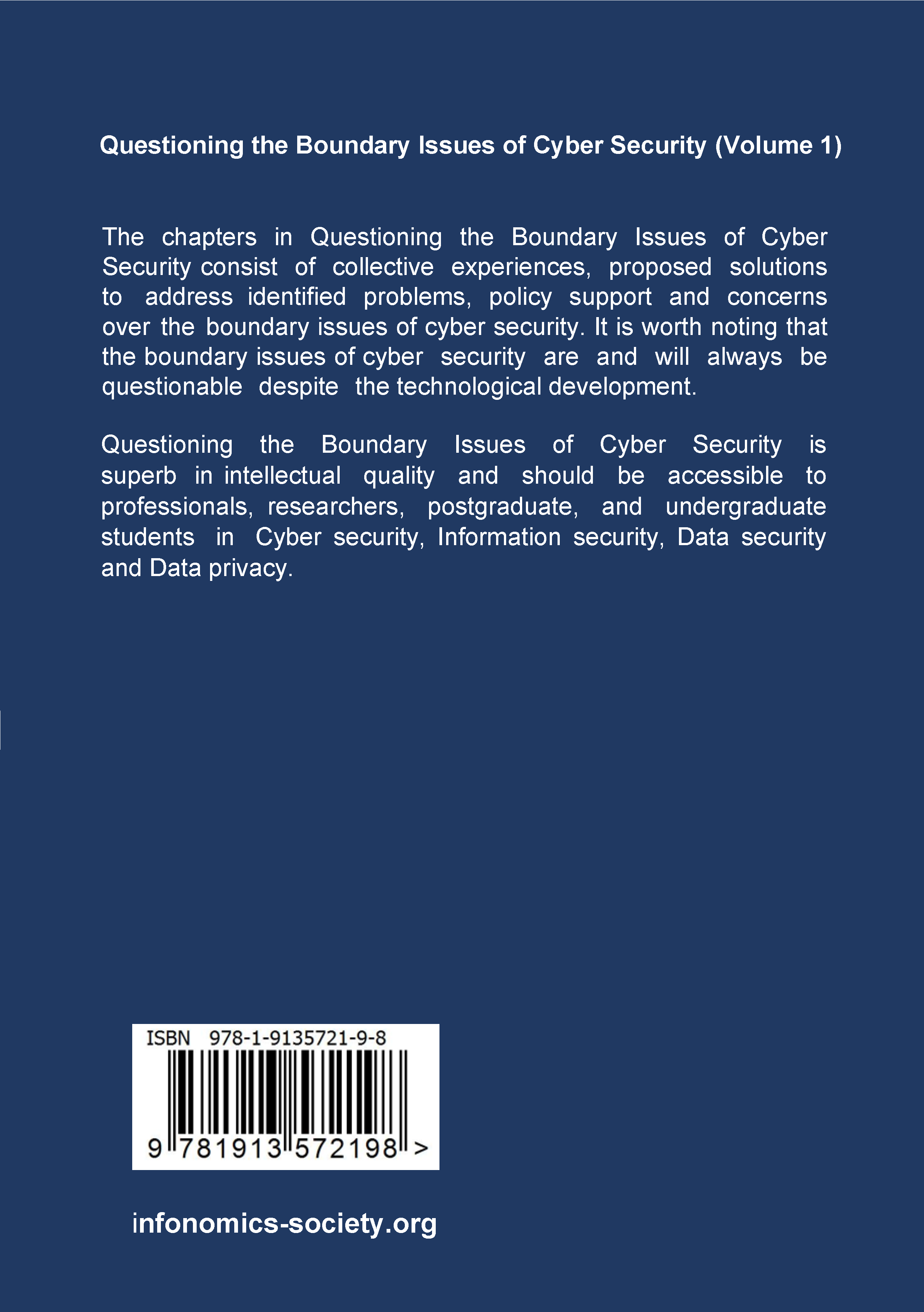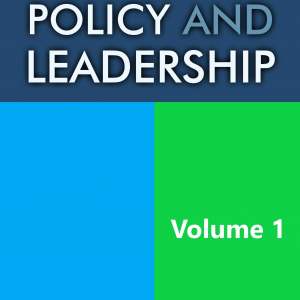Chapter 2
The Nature of Fear in Cybersecurity
The Chapter Two explores the psychological models of fear and how they have led to insights that cybersecurity has leveraged to great effect, how repeated exposure to fear appeals can lead to threat fatigue, how corporations have begun to adopt an attack, rather than defense posture, how a derivative of a military war game exercise involving red teaming can be beneficial and how the ethical considerations of exploiting fear appeals need careful consideration. While security threats and security measures are ever present, fears may be evaluated in radically different ways, inducing feelings and actions that are not necessarily productive. It is important that cybersecurity professionals present a realistic appraisal of a cyberthreat but also the knowledge that the threat can be remediated. Ideally, developing a culture of security that harnesses the benefits of protection may enable corporations and people to take rational steps to alleviate their own fears. As an effective form of coercion, fear and terror impair decision-making processes as well as imposing an emotional weight of living with terror, particularly in war. We need to get beyond the tendency in cyber-doom rhetoric to conflate very different threats into one increasingly frightening cyber threat in an attempt to raise awareness and motivate a response which considers the ethics of using fear as a model for cybersecurity adoption.
998 in stock
- Chapter 1
- Chapter 2
- Chapter 3
- Chapter 4
- Chapter 5
- Chapter 6
- Chapter 7
- Chapter 8
- Chapter 9
- Chapter 1
- Chapter 2
- Chapter 3
- Chapter 4
- Chapter 5
- Chapter 6
- Chapter 7
- Chapter 8
- Chapter 9
- Chapter 1
- Chapter 2
- Chapter 3
- Chapter 4
- Chapter 5
- Chapter 6
- Chapter 7
- Chapter 8
- Chapter 9
- Chapter 1
- Chapter 2
- Chapter 3
- Chapter 4
- Chapter 5

£25.99
The Nature of Fear in Cybersecurity
The Chapter Two explores the psychological models of fear and how they have led to insights that cybersecurity has leveraged to great effect, how repeated exposure to fear appeals can lead to threat fatigue, how corporations have begun to adopt an attack, rather than defense posture, how a derivative of a military war game exercise involving red teaming can be beneficial and how the ethical considerations of exploiting fear appeals need careful consideration. While security threats and security measures are ever present, fears may be evaluated in radically different ways, inducing feelings and actions that are not necessarily productive. It is important that cybersecurity professionals present a realistic appraisal of a cyberthreat but also the knowledge that the threat can be remediated. Ideally, developing a culture of security that harnesses the benefits of protection may enable corporations and people to take rational steps to alleviate their own fears. As an effective form of coercion, fear and terror impair decision-making processes as well as imposing an emotional weight of living with terror, particularly in war. We need to get beyond the tendency in cyber-doom rhetoric to conflate very different threats into one increasingly frightening cyber threat in an attempt to raise awareness and motivate a response which considers the ethics of using fear as a model for cybersecurity adoption.
998 in stock
£25.99
Category: Books
Tag: Inclusive Education and Lifelong Learning
Additional information
| Chapters |
Chapter 2 |
|---|
Author(s)
Anthony Caldwell
Axway
Ireland
Content missing
Related products
About Us
From Art to Science and Climate Change to World Peace, we embrace technological advancement, innovative Ideas, encourages research collaboration and training worldwide. The Society also questions the boundary issues between societal and technological dimensions of knowledge evolution, which lead to the concept of Infonomics. As part of our continuous improvement, we develop innovative ideas that combine traditional techniques with advanced technologies to create something very different.
Quick Links
© 2024 All Rights Reserved | Privacy Policy





